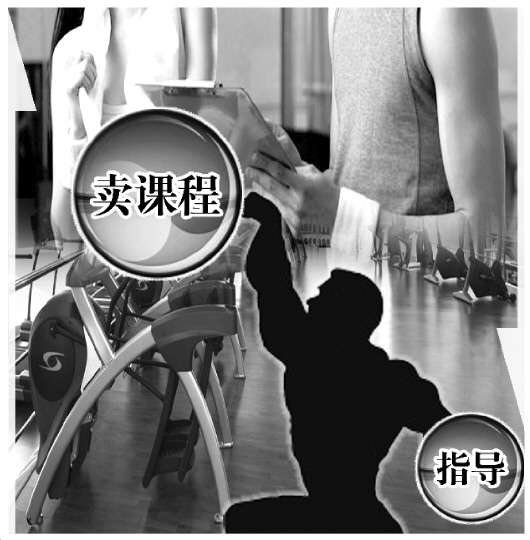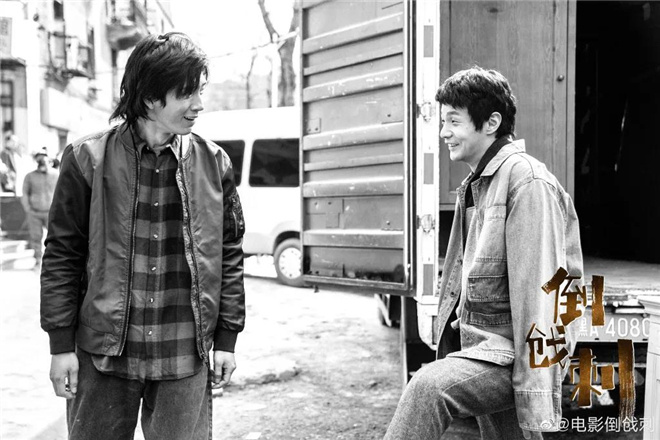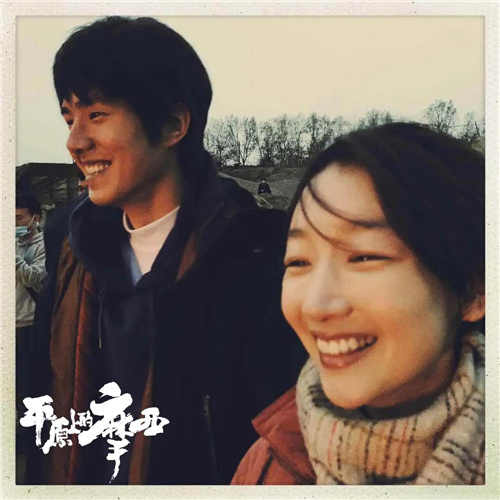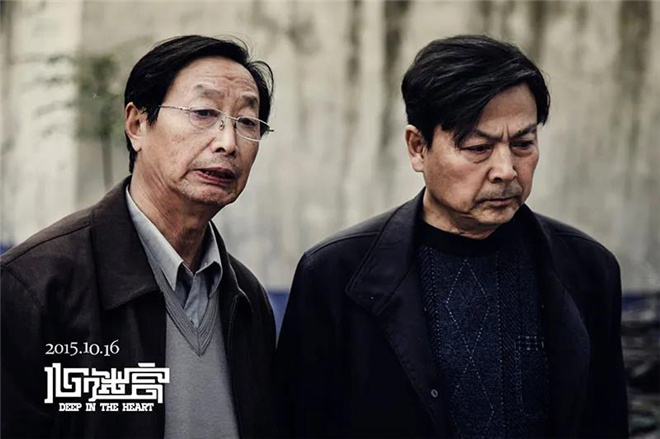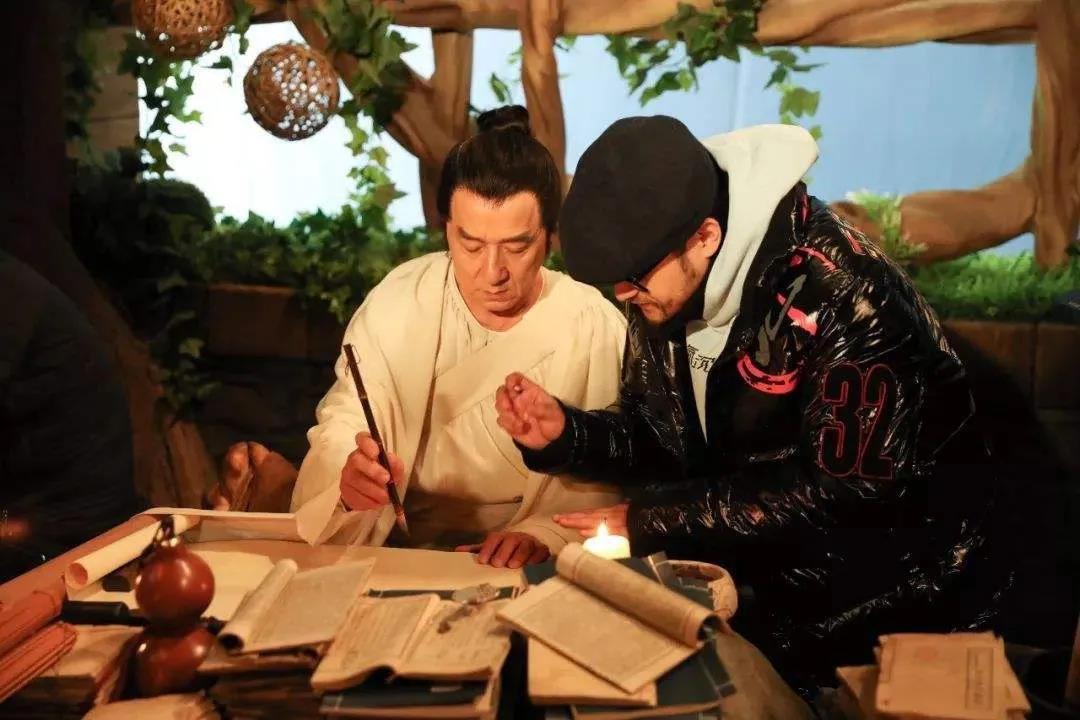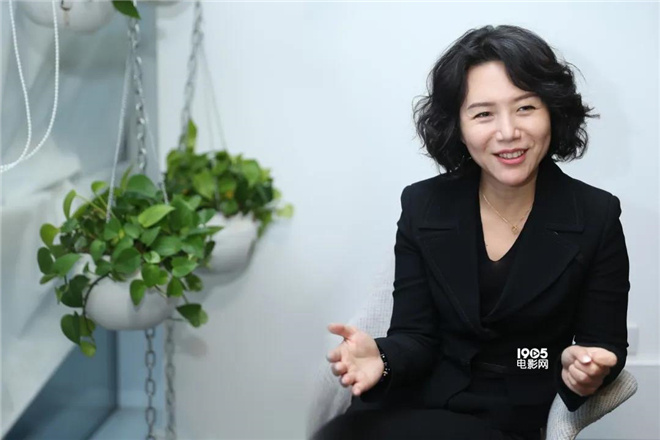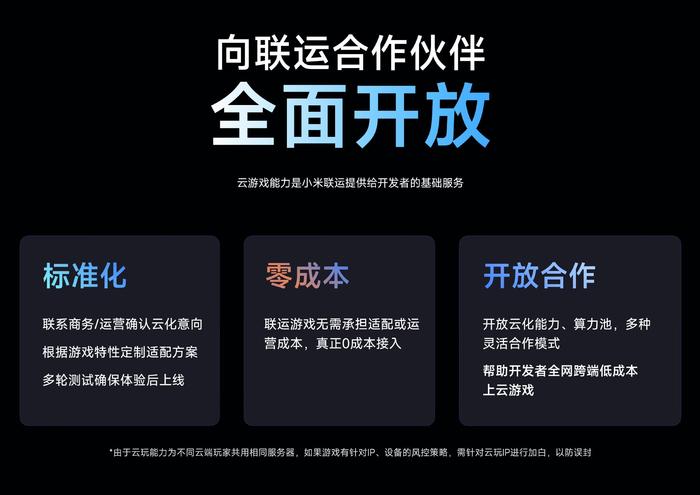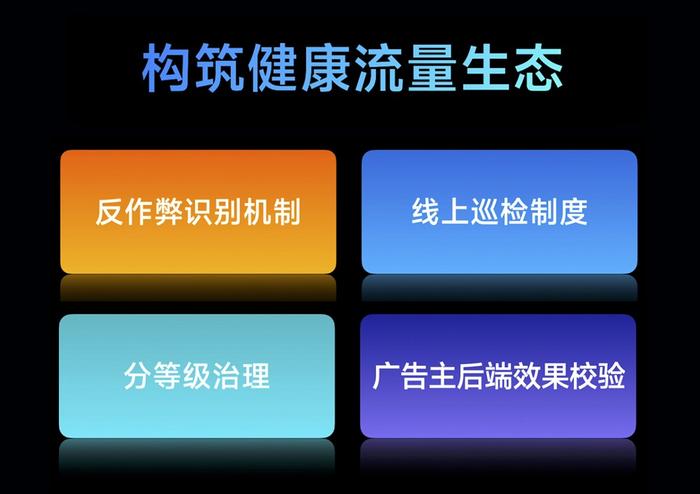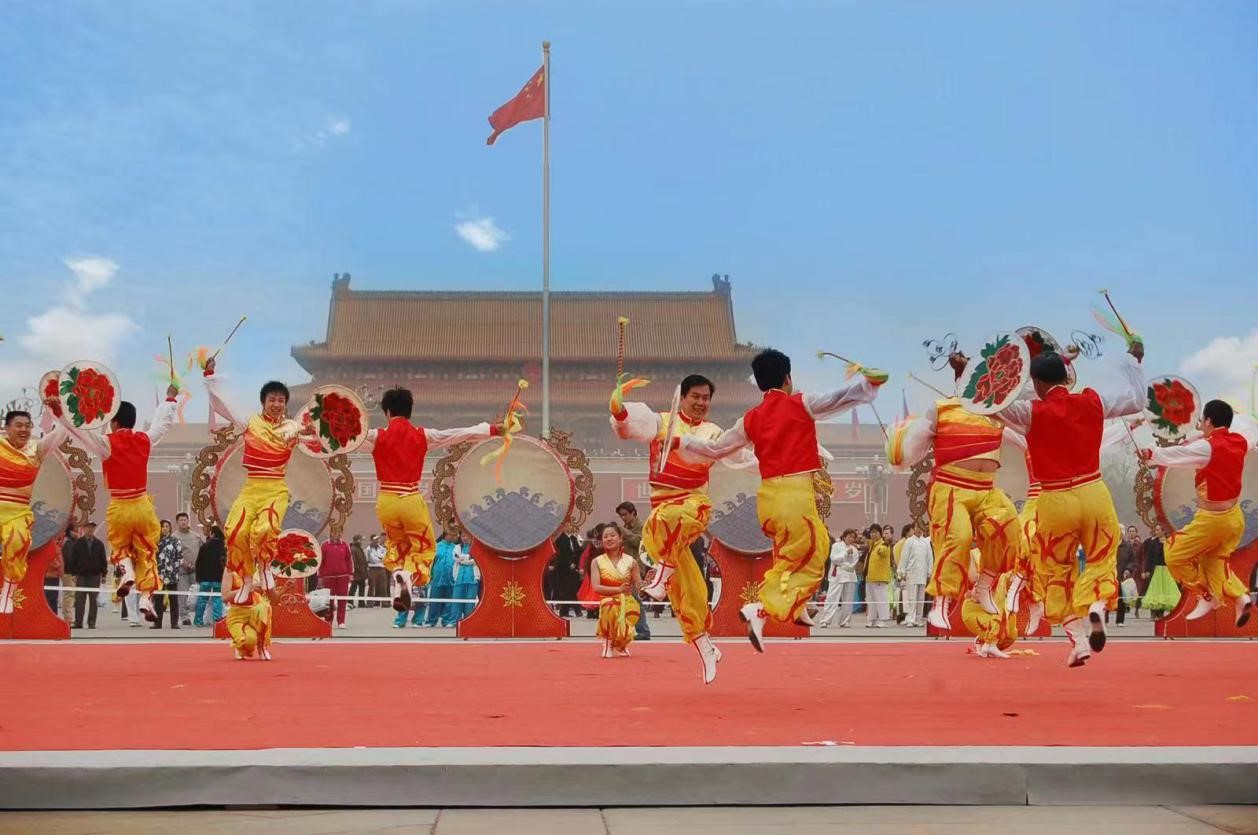Chinese medicine teaches you to learn more healthy breathing methods.
We all have to breathe, but what kind of breathing method is good for our health, have you ever thought about it? Learn the correct breathing methods, what methods does Chinese medicine have?
How can I learn to breathe correctly?
There are two key points. First, it is necessary to ease the inhalation, that is, when inhaling, it should be even and slow, and try to inhale deeply so that the gas can fill the alveoli. The second is to vomit hard and clean, so that all the waste can be discharged from the body and more gas can be exchanged. The most scientific breathing method is: "Breathe-stop (hold your breath for 10-20 seconds)-breathe", which can enhance the excitability of parasympathetic nerves and increase the number of bowel sounds, which is beneficial to digestion and absorption, thus benefiting health and longevity.
Another advocated breathing method is the "total breathing method" based on deep and long abdominal breathing, which gradually makes the muscle groups such as lungs, ribs and diaphragm move to the maximum extent when breathing, so that the air fills the lungs. Although you have to practice deliberately at first, the ultimate goal is to integrate into life, and all kinds of postures and movements are combined with breathing. This will better grasp the strength and rhythm of the body and improve efficiency. For example, when climbing a mountain by breathing, there will be no mountain symptoms such as headache; You can swing farther in golf. This breathing method can be practiced on the bus, when walking, during work, or in front of the trees in the park. Especially in the face of sudden negative situations, breathing can adjust body and mind and stabilize emotions in a timely manner.
In the fresh air outdoors, you can also take more deep breaths consciously. The specific method of breathing is to inhale slowly through the nostrils. During the inhalation, the chest is lifted, and the abdomen will bulge slowly, and then continue to inhale, so that the whole lung will be filled with air. At this time, the ribs will be lifted and the chest will be enlarged. This process usually takes 5-10 seconds, then hold your breath for 5-10 seconds, pause for 2-3 seconds, and start a new breath. Repeated practice will become a correct breathing method.
Long-term physical exercise can also improve breathing. For example, swimming can make people’s vital capacity as high as 5000-7000 ml; Far greater than the average person’s 3000-4000 ml; Long-distance running has the most obvious improvement on the maximum oxygen uptake; Push-ups can improve the muscle ability around the chest wall and increase the strength of respiratory muscles.
Chinese medicine teaches you to learn abdominal breathing.
"Breathing to the navel, longevity and harmony with the sky" is a high evaluation of abdominal breathing by health care experts. Ancient Chinese doctors have long recognized that abdominal breathing has the wonderful function of eliminating diseases and prolonging life, and created fitness methods such as "breathing", "turtle breathing", "qi sinking into the abdomen" and "fetal breathing". Sun Simiao, a famous doctor in the Tang Dynasty, especially praised abdominal deep breathing. He practiced the method of regulating qi every day between dawn and noon, lying on his back in bed. In the Ming Dynasty, Leng Qian, a health care expert, wrote a 16-character health care order in "Essentials of Aging": "When you inhale, you will lift it, and the qi will return to your navel; When you mention it, you will swallow, and you will meet with fire and water. " These 16-character secrets include three health-care training methods: lifting anus, swallowing body fluid and abdominal breathing, which are magic weapons for eliminating diseases, keeping fit and prolonging life.
Traditional Chinese medicine believes that the abdomen lives in the middle of the human body and is the place where many important meridians converge. Abdominal breathing, with the ups and downs of abdominal muscles, strengthens the operation of qi and blood, makes the human body in the best state of relaxation and freedom, and is also the best state of menstrual flow, which is very beneficial to physical and mental health.
Abdominal breathing method:
Inhale deeply, consciously feel that the whole chest and abdomen are full when inhaling, then exhale slowly, and try to spit out the air in your body when exhaling, feeling that your chest and abdomen are flat. Inhale with your nose and exhale with your mouth.
When doing abdominal breathing, you can stand, sit and lie down, and you can practice it anytime and anywhere, but lying in bed is the best way to practice. Lie on your back in bed, loosen your belt, relax your limbs, concentrate your thoughts and get rid of other thoughts. Put your right hand on your belly button and your left hand on your chest. When inhaling, expand the abdomen outward to the maximum extent and keep the chest still. When exhaling, contract the abdomen inward as much as possible and keep the chest still. Cycle back and forth, keep the rhythm of each breath consistent, and carefully experience the ups and downs of the abdomen together.
The specific exercise method is: supine, according to 5 ~ 6 times per minute, the abdominal wall bulges when inhaling through the nose, and sinks when exhaling through the mouth. Abdominal breathing exercises should vary from person to person, according to one’s ability. The key is to do one’s best in the range of abdominal depression when inhaling and exhaling, but we should not rush into it. We should start from shallow to deep, and exercise at our own discretion every time and every day. Generally, we should practice once every morning and evening for 10 minutes.
For people in good health, the breath holding time can be appropriately extended, and the breathing rhythm should be slowed down and deepened as much as possible. People who are in poor health can not hold their breath, but they should absorb enough gas. If body fluid overflows during breathing, it can be swallowed slowly.
Principles when doing abdominal breathing
First, breathe deeply, long and slowly.
Second, breathe through your nose instead of your mouth.
Third, breathe in and breathe in for about 15 seconds, that is, breathe in deeply (bulge your stomach) for 3-5 seconds, hold your breath for 1 second, then exhale slowly (retract your stomach) for 3-5 seconds, hold your breath for 1 second.
Fourth, do it for 5 ~ 15 minutes at a time, and 30 minutes is the best.
Fifth, people who are in good health can hold their breath for a longer time and try to slow down and deepen their breathing rhythm; If you are in poor health, you don’t have to hold your breath, but you should inhale enough and exhale thoroughly.
Practice 1 ~ 2 times a day, and you can choose sitting, horizontal, walking and running. Practice until it is slightly hot and sweaty, and try to bulge and retract the abdomen for 50 ~ 100 times. You can also help with your hands. If there is overflow of oral fluid during breathing, do not spit it out, but swallow it slowly.
Method for relieve dyspnea by massage
1. Touch your chest. Keep underwear, lie on your back, relax all over, press your palms against your breasts, put your fingers together, and touch your chest with your fingers. At the same time, your right hand rotates 50 times to the right and your left hand rotates 50 times to the left. Then rotate 50 times in the opposite direction. Note: This section can relieve chest tightness, angina pectoris, asthma and shortness of breath. However, if you don’t get better, even persistent chest symptoms such as crushing pain and dyspnea behind the sternum may be acute myocardial infarction for more than 30 minutes. Go to a big hospital for rescue.
2, palms overlap massage chest and abdomen. With the abdomen between the two breasts as the center, the palms overlap. First, put the right hand under it and rotate it clockwise for 50 turns, then change the left hand under it and rotate it counterclockwise for 50 turns. Repeat, push out and pull in, gradually expand the scope, and the action should be slow and powerful.
3. Take a deep breath and massage your chest and abdomen with your palms crossed. Press on the right flank with the palm of your right hand, and press on the left flank with the left palm. At the same time, lift and rub (Dabao, Qimen, Tianchi, Xiongxiang, Zhou Rong, etc.) with both hands to the chest (inhale deeply at the same time), and push the palms alternately, with the right hand pushing up (Zhongfu, Yunmen, Yufu, Xuanji, etc.) and the left hand pushing down (fake window). When inhaling, let the chest expand as much as possible and bulge slowly; When exhaling, make the chest as narrow as possible and the abdominal muscles contract. (Hold your breath for a moment) Breathe through the nose repeatedly for 1 minute. Inhale oxygen and exhale carbon dioxide, enhance vital capacity and improve heart and lung function.
4, alternating hands, patting the chest and rubbing the back. When sitting or standing, first slap the left chest with the palm of your right hand, and at the same time beat the left back with the backhand of your left arm, and then beat the back (body column, Feishu, Xinshu, etc.) for 1 minute with alternating hands.
However, what needs to be pointed out here is that massage is only a "technique" and a "method"; The "Tao" is not angry, emotional stability and so on.
Learn the above breathing methods to benefit your body more.



